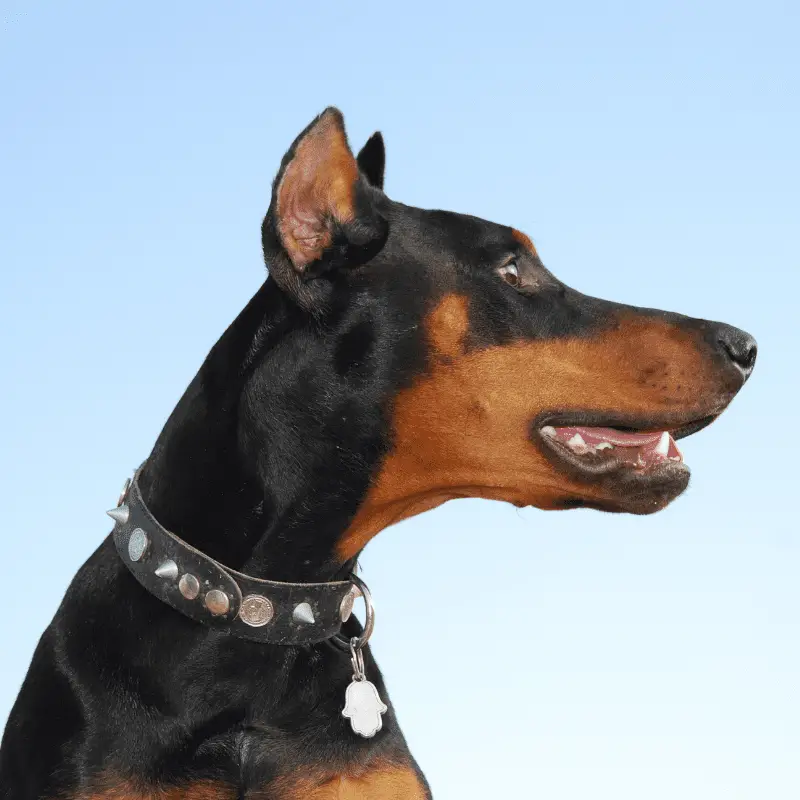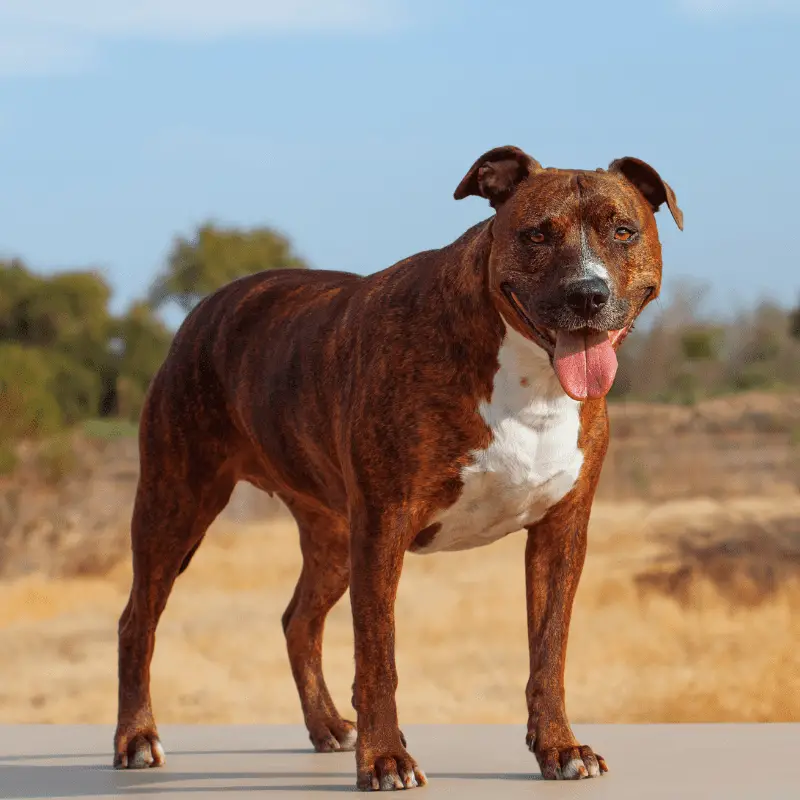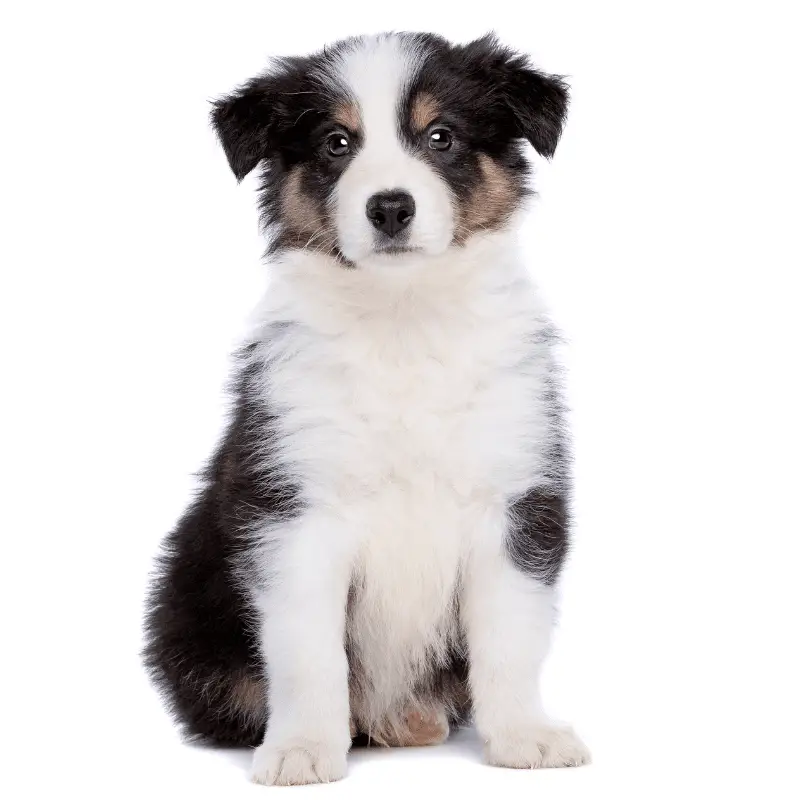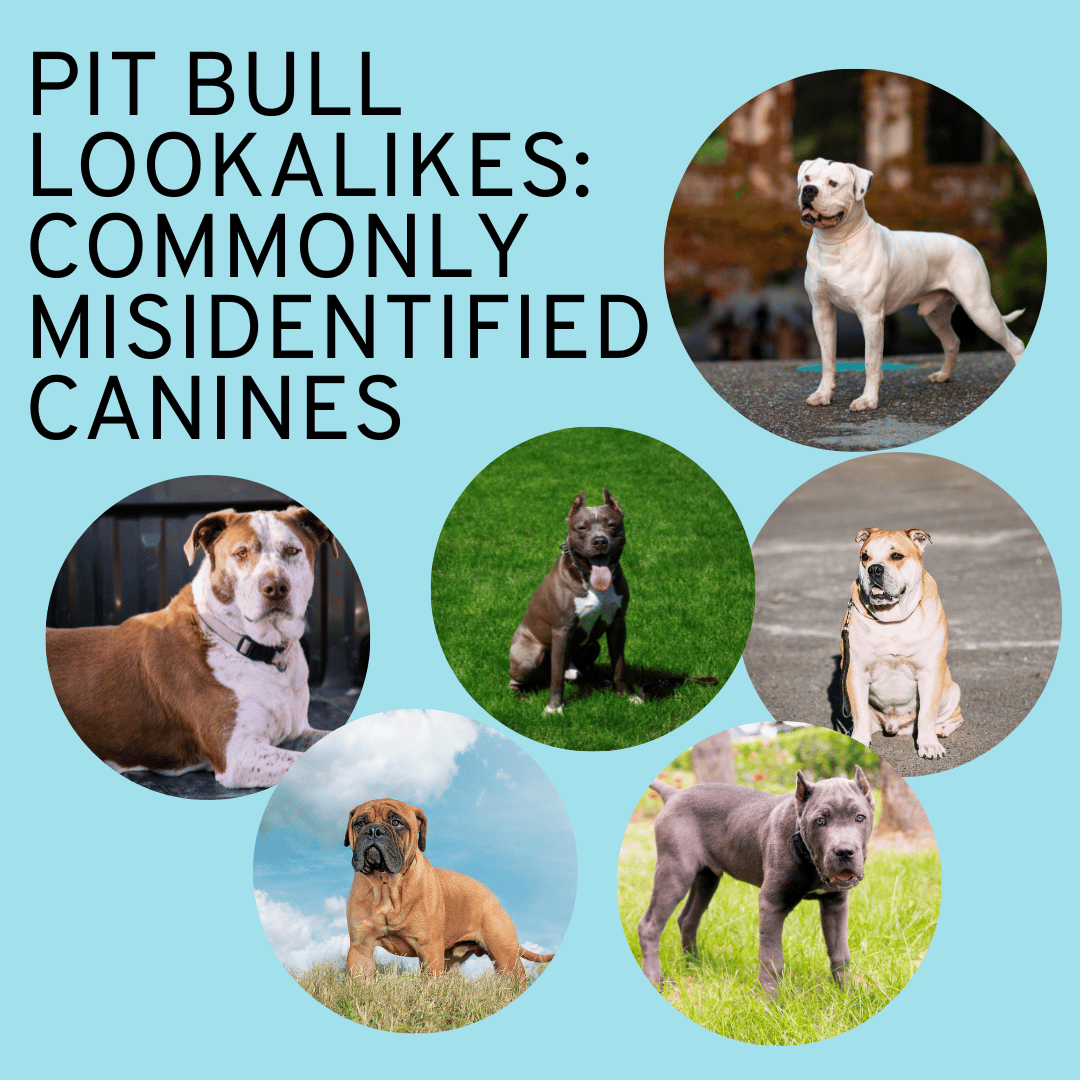As dog owners, our primary responsibility is to ensure the safety and well-being of our furry companions and the people and animals they come into contact with. However, this responsibility can often feel challenging and overwhelming for those with dogs with potentially dangerous, anxious, or aggressive tendencies.
This guide will provide a comprehensive list of practical strategies and tips to help you effectively manage and support dogs with aggressive or anxious behaviour. Whether your dog has a history of aggression or anxiety, we understand the importance of finding techniques that prioritise your pet’s and others’ safety. By incorporating these suggestions into your daily routine; you can create a more harmonious and secure environment for you and your beloved canine companion.
While these tips can be valuable, consulting with dog trainers, behaviourists, or veterinarians for personalised guidance is crucial. They can offer expert advice tailored to your dog’s needs, helping you address underlying issues and develop appropriate training plans. Remember, together, we can create a safer and more enjoyable life for dog owners and their beloved pets.
Practical Tips for Dog Owners:
- Always use a leash: Keeping your dog on a leash allows you to have physical control and prevent them from lunging or biting. It also helps manage their movement and avoid conflicts with people or other animals.
- Take your dog to enclosed dog fields hired for only your dog or dogs instead of walking them in public: By opting for enclosed dog fields, you create a controlled environment where your dog can exercise and play without the risk of encountering unfamiliar people or dogs. This minimises the chances of triggering their aggressive or anxious behaviour.
- Wear a muzzle: Muzzles provide an extra layer of safety and prevent your dog from biting or causing harm. It’s beneficial when your dog may come into close contact with strangers or unfamiliar situations.
- Put a sign on your house’s front and back doors to alert visitors to the presence of a potentially dangerous or aggressive dog. These signs serve as a visual reminder to anyone entering your property that caution is necessary. It helps prevent accidental encounters or unexpected situations and allows visitors to proceed cautiously.
- Always check that gates or doors outside are shut at all times. Ensuring that gates and doors are securely closed adds an extra layer of safety and prevents your dog from accidentally escaping or encountering people or animals outside your property.
- Get a stair gate to prevent your dog from getting out of certain areas in your home: Installing a stair gate allows you to create boundaries within your home, preventing your dog from accessing areas where they may be more likely to display aggressive behaviour or become anxious.
- Consider using calming tablets or supplements designed explicitly for anxious dogs: Calming tablets or supplements can help reduce anxiety in dogs, promoting a more relaxed and manageable state of mind. They can be particularly beneficial in stressful situations or during heightened anxiety.
- Provide plenty of mental and physical stimulation to help release excess energy.
- Enrol in obedience training classes to teach your dog essential commands and proper behaviour.
- Consult a professional dog trainer or behaviourist for specific advice tailored to your dog’s needs.
- Establish a consistent routine to help your dog feel secure and reduce anxiety.
- Create a safe space or designated area where your dog can retreat when feeling stressed or overwhelmed.
- Consider the use of calming aids such as anxiety wraps or pheromone diffusers.
- Regularly socialise your dog with other well-behaved dogs to improve their social skills and reduce aggression.
- Monitor your dog’s body language and behaviour closely, looking for signs of stress or aggression, and intervene early if necessary.
- Provide positive reinforcement and reward-based training to reinforce good behaviour and build trust with your dog.
- Never punish or yell at your dog for aggressive or anxious behaviour, as this can worsen the problem.
- Consult your veterinarian to rule out any underlying medical conditions contributing to your dog’s aggressive or anxious behaviour.
- Stay informed about your area’s current dog laws and regulations to ensure you meet all legal requirements for owning a potentially dangerous dog.
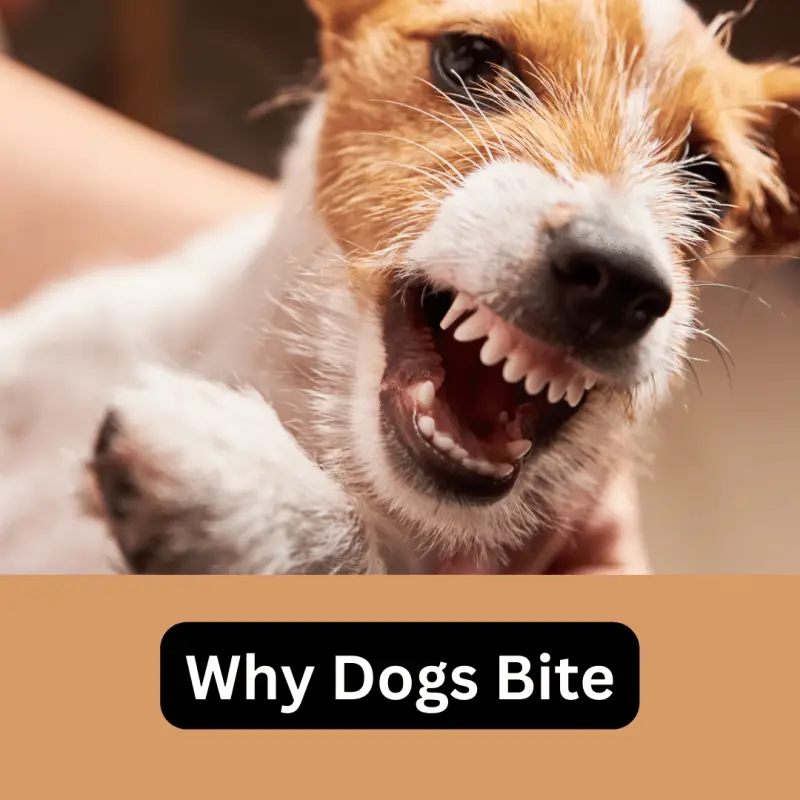
Understanding the Reasons Why Dogs Bite
While dogs are commonly known as man’s best friend because of their loyalty and affection, it is essential to recognise that they can sometimes resort to biting in specific situations.
Remember that the safety of your dog and others should be your top priority. If you cannot effectively manage your dog’s behaviour or if their aggression poses a severe risk, it may be necessary to seek professional help or consult with a behaviourist to explore all available options, including potential rehoming or specialised training programs.
Remember, it’s essential to consult with professionals such as dog trainers, behaviourists, or veterinarians who can provide personalised guidance and support based on your dog’s needs or supplements designed explicitly for anxious dogs.


